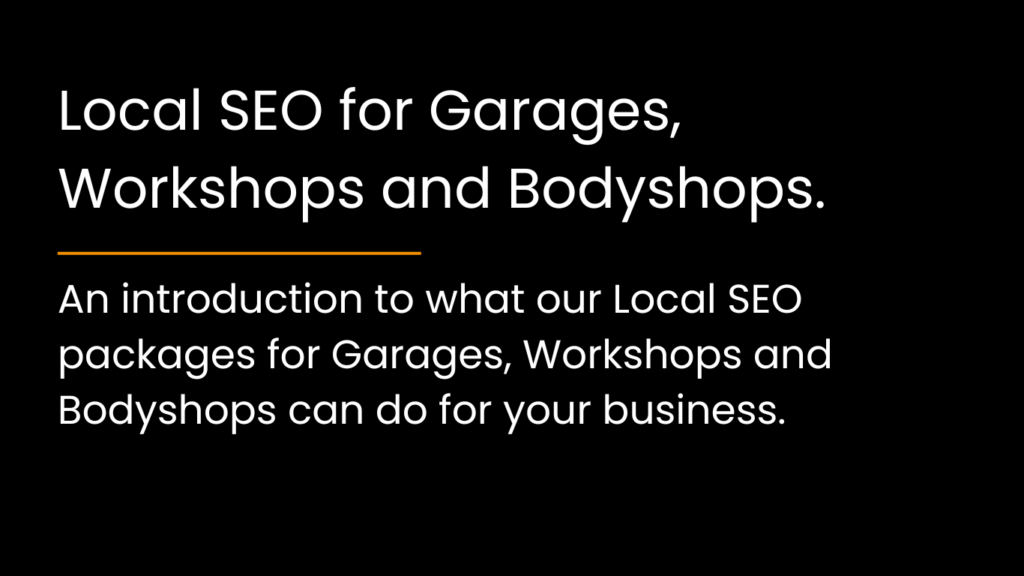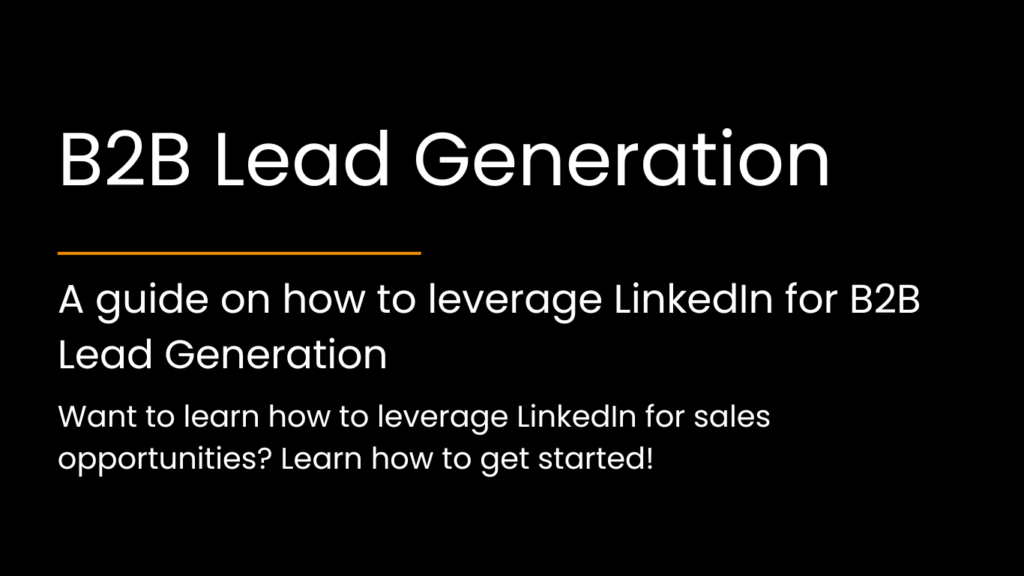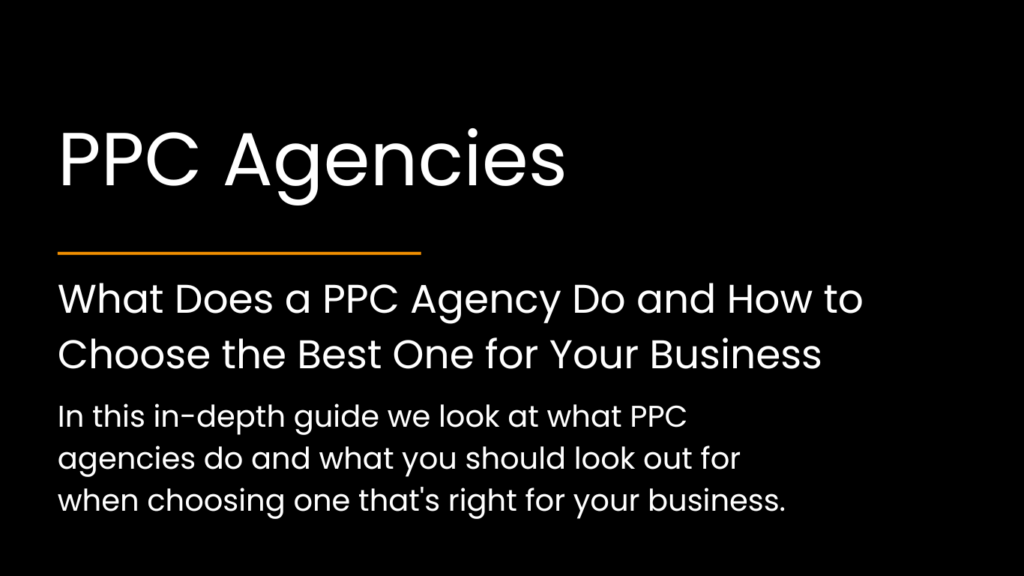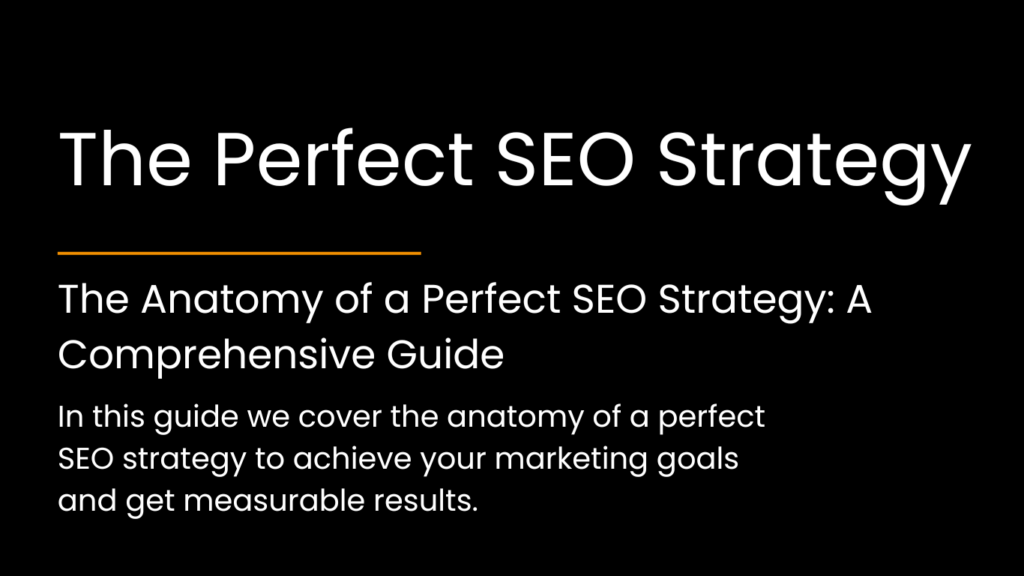Understanding the Foundations of SEO
Mastering SEO (Search Engine Optimisation) is no longer optional—it’s essential. Whether you’re a small business owner or a digital marketing professional, understanding the intricacies of a perfect SEO strategy can be the difference between online obscurity and a thriving digital presence. This guide will walk you through the anatomy of a perfect SEO strategy, breaking down each element into actionable steps that you can implement immediately.
What is SEO?
Search Engine Optimisation (SEO) is the process of enhancing your website to increase its visibility on search engines like Google. The higher your site ranks in search results, the more likely you are to attract organic (unpaid) traffic. But SEO isn’t just about ranking higher—it’s about providing a seamless, user-friendly experience that meets your audience’s needs.
Why SEO Matters for Your Business
If you’re not on the first page of Google, you’re missing out on 75% of potential traffic. SEO is crucial because it directly impacts your website’s visibility, credibility, and ultimately, profitability. Businesses that invest in SEO can reap significant benefits:
- Increased Visibility: Higher rankings mean more visibility and, consequently, more traffic.
- Better User Experience: A well-optimised site is easier to navigate, leading to higher user satisfaction.
- Cost-Effective Marketing: Unlike paid ads, SEO delivers long-term results without ongoing costs.
Keyword Research: The Cornerstone of Effective SEO
How to Identify High-Impact Keywords
Keyword research is the foundation of any successful SEO strategy. Without it, you’re essentially shooting in the dark. Here’s how to find the right keywords:
- Use Tools: Leverage tools like SEMrush, Ahrefs, and Google Keyword Planner to identify keywords that are relevant to your business and have a decent search volume.
- Long-Tail Keywords: Focus on long-tail keywords, which are more specific and less competitive. For example, instead of targeting “shoes,” target “best running shoes for flat feet.”
- Competitor Analysis: Analyse your competitors’ keywords to identify gaps and opportunities.
Tools for Keyword Research
- SEMrush: Offers comprehensive keyword analysis, including search volume, keyword difficulty, and competitive analysis.
- Ahrefs: Known for its robust backlink analysis, Ahrefs also excels in keyword research.
- Google Keyword Planner: Ideal for finding keyword ideas and forecasting performance.
On-Page Optimisation: Enhancing Your Content for Search Engines
Title Tags and Meta Descriptions
Your title tag is the first thing users and search engines see, so make it count. It should be compelling, concise, and include your primary keyword.
- Title Tags: Aim for 50-60 characters. Include your primary keyword as close to the beginning as possible.
- Meta Descriptions: These should be around 150-160 characters and provide a summary that encourages users to click. While meta descriptions don’t directly impact rankings, they do influence click-through rates, which can indirectly affect your SEO.
Header Tags and Content Structure
Header tags (H1, H2, H3, etc.) are essential for organising your content and making it easier for both users and search engines to navigate.
- H1 Tag: Should include your primary keyword and clearly indicate what the page is about.
- Subheadings (H2, H3): Break up your content into sections with descriptive subheadings that include secondary keywords.
- Content Structure: Use short paragraphs, bullet points, and images to make your content more engaging and easier to read.
Internal Linking Strategies
Internal linking is crucial for guiding users through your site and distributing page authority.
- Anchor Text: Use descriptive anchor text that includes relevant keywords.
- Link to Relevant Pages: Ensure that your internal links are relevant and add value to the reader.
- Don’t Overdo It: Too many internal links can dilute the effectiveness, so be strategic.
Content Creation: Creating Valuable Content That Ranks
Creating Content That Satisfies User Intent
Google’s algorithm is designed to reward content that best satisfies user intent. This means your content should provide value, answer questions, and solve problems.
- Understand Search Intent: Is the user looking to buy something (transactional intent), find specific information (informational intent), or navigate to a particular site (navigational intent)?
- Content Depth: Cover topics thoroughly, providing in-depth information that leaves no questions unanswered.
- Keep It Fresh: Regularly update your content to ensure it remains relevant and accurate.
Using Multimedia to Enhance SEO
Visual content like images, videos, and infographics can make your content more engaging and improve SEO.
- Optimise Images: Use descriptive file names and alt text that include keywords.
- Video Content: Embed videos to increase dwell time and reduce bounce rates.
- Infographics: Great for sharing on social media and attracting backlinks.
Technical SEO: Ensuring Your Website is Search Engine Friendly
Improving Site Speed and Mobile Friendliness
Site speed and mobile optimisation are critical ranking factors. A slow, unresponsive site can drive users away and hurt your rankings.
- Site Speed: Use tools like Google PageSpeed Insights to identify and fix issues slowing down your site.
- Mobile Optimisation: Ensure your site is fully responsive and provides a seamless experience on all devices.
- AMP (Accelerated Mobile Pages): Consider implementing AMP for faster loading on mobile devices.
Implementing Schema Markup
Schema markup helps search engines understand your content better, leading to rich snippets that can improve click-through rates.
- Structured Data: Implement schema markup for reviews, products, events, etc., to enhance your search listings.
- Testing: Use Google’s Structured Data Testing Tool to ensure your schema markup is correctly implemented.
- Rich Snippets: Aim for rich snippets that provide additional information directly in the search results, such as ratings or prices.
Ensuring Proper Indexing with XML Sitemaps and Robots.txt
Proper indexing is crucial for your content to be found by search engines.
- XML Sitemaps: Submit an XML sitemap to Google Search Console to help search engines crawl and index your site more efficiently.
- Robots.txt: Use this file to control which pages search engines should or shouldn’t crawl.
- Noindex Tags: Apply noindex tags to pages that you don’t want appearing in search results, such as admin or login pages.
Off-Page SEO: Building Authority Through Backlinks
The Role of Backlinks in SEO
Backlinks are one of the most important factors in determining your site’s authority and ranking.
- Quality Over Quantity: Focus on earning high-quality backlinks from authoritative sites rather than accumulating a large number of low-quality links.
- Natural Link Building: Avoid buying links or participating in link schemes that could result in penalties.
- Diversified Link Profile: Ensure your backlink profile includes a variety of links from different domains, content types, and anchor texts.
Strategies for Earning High-Quality Backlinks
Earning high-quality backlinks requires a proactive approach.
- Guest Blogging: Write high-quality articles for reputable blogs in your industry to earn backlinks.
- Content Promotion: Promote your content on social media, forums, and industry platforms to increase its reach and attract links.
- Influencer Outreach: Collaborate with influencers in your industry who can link to your content from their sites.
Measuring and Adjusting Your SEO Strategy
Tracking SEO Performance with Analytics
Regularly tracking your SEO performance is essential for understanding what’s working and what isn’t.
- Google Analytics: Monitor organic traffic, bounce rates, and conversion rates to gauge the effectiveness of your SEO strategy.
- Google Search Console: Use this tool to track your search performance, including keyword rankings and click-through rates.
- SEO Tools: Consider using paid tools like SEMrush or Ahrefs for more detailed insights into your rankings and backlinks.
Adapting Your Strategy Based on Data
SEO is not a set-it-and-forget-it strategy; it requires constant adjustment based on performance data.
- Content Updates: Refresh old content to maintain its relevance and rankings.
- Keyword Adjustment: Modify your keyword strategy based on changes in search volume and competition.
- Competitor Analysis: Regularly check on your competitors to see what’s working for them and identify opportunities.
Bringing It All Together
A perfect SEO strategy is multi-faceted, combining keyword research, on-page and off-page optimisation, technical SEO, and regular performance tracking. By focusing on each of these elements and continually refining your approach, you can build a strong online presence that drives traffic, leads, and revenue.
Ready to Perfect Your SEO Strategy?
If you’re ready to take your SEO to the next level, contact us today to learn how we can help you achieve your digital marketing goals or take a look at our SEO page to see what we offer.






